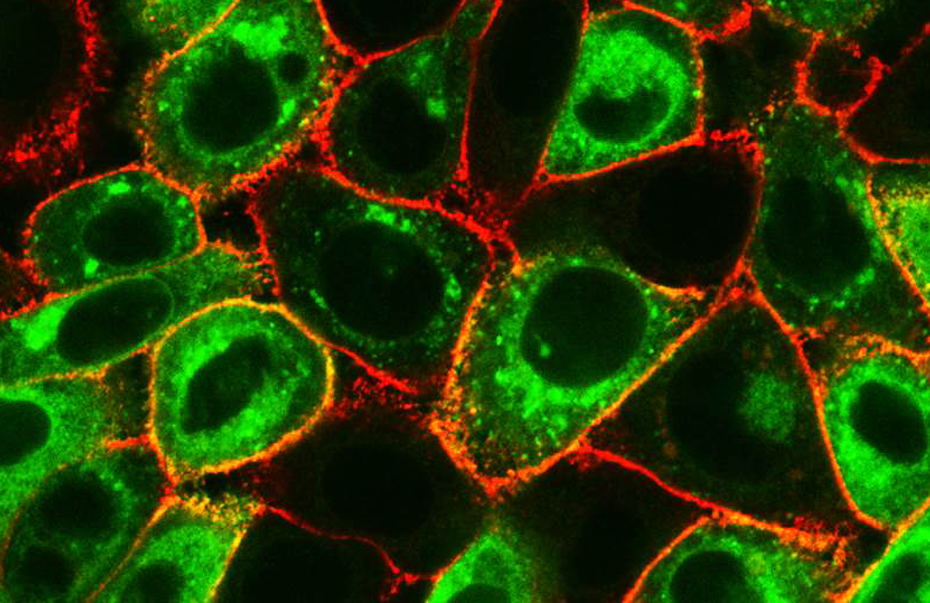Ageing & Stress
ABOUT
Ageing is envisaged as the functional decline of cells and tissues that leads to organism frailty and disease susceptibility. Proliferating cells enter senescence and non-proliferating cells accumulate metabolic errors, much because of reactive oxygen species (ROS) continuous production. Although all biomolecules may be affected, protein carbonylation is particularly important.
To tackle the underlying mechanism, the group employs in vitro models and rat and human tissue samples, obtained from specified clinical conditions.
The purpose is
- to identify proteins with major susceptibility to oxidation in the tissues of interest
- to uncover patterns of the endoplasmic reticulum stress response (unfolded protein response, UPR), including particular chaperone molecule intervention
- to verify the involvement of usual clearance mechanisms under stressful conditions (proteasome and autophagocytosis)
In general, the studies aim to provide additional evidence on the mechanisms of cell dysfunction that underlie cell senescence and tissue ageing.
In vitro studies include the replicative senescence (RS) and stress induced premature senescence (SIPS) models; in addition they also employ cells submitted to specified oxidative conditions that impair cell functioning but do not impose viability loss.
Studies in tissue samples focus two conditions. One is obesity and diabetes, both recognized to promote ROS production and enhance cardiovascular degenerative disorders. The other is female reproductive ageing, hypothesizing that oxidative stress and protein carbonylation patterns modulate selected ovarian cells and uterine tissue that modulate age-related functional decrement.
RESEARCH
a) Cell models of senescence:
We established the SIPS model caused by copper salts (6) and provided evidence for the similarity of copper SIPS and RS regarding the unfolded protein response (UPR) to stress (2).
We showed that specific actin is particularly sensitive to oxidative stress (OS) and how the condition impinges on oxidized actin clearance by the proteasome (7). Recent findings (in submission) evidence HSP90 chaperone involvement in aggregate formation and proteasome dysfunction, followed by autophagy as compensatory effect.
b) Obesity and age related degenerative conditions
Melanocortin 5 receptors are signal through a PI3K-regulated Akt-independent pathway leading to a biphasic ERK1/2 activation involving β-arrestins 1/2 (9). As they regulate glucose and lipid metabolism, oxidation is likely to avert the observed receptor mediated lipolysis promotion (5). In contrast is the age-related lipid deposition in male corpus cavernosum (1), considered to mirror atherosclerosis involvement in other tissues. Down-regulation of nitric oxide in these conditions mediates unfavorable progression (1, 3).
c) Reproductive ageing
Currently focused in female reproductive ageing, we hypothesize OS promoted protein carbonylation patterns are recognized in selected human ovarian cells; in these, beneficial reproductive effects associated with enhanced antioxidant activity (8).

Team
Ongoing Projects
Sponsor: AdC - Agência para o Desenvolvimento e Coesão
From 01-NOV-23 to 31-OCT-26

